Electric bills across the country are rising. In Massachusetts, for instance, rates have leapt over 100% over the last 15 years. In states such as New York and Illinois, regulators are greenlighting double-digit hikes. For many homeowners, solar power is starting to look like the obvious solution. And while solar power has become one of the most effective ways for homeowners to reduce their long-term energy costs, millions of Americans still do not understand how it works — or how quickly the game is changing.
In the wake of recent legislation and regulatory changes — what some are calling the “Big, Beautiful Bill” — a realization is setting in: many of the financial incentives that made rooftop solar so attractive are vanishing. In some states, utilities are slashing compensation for excess solar production, weakening net metering, and lobbying to raise fixed charges on solar households.
This is not happening because solar is failing. This is happening because solar works and is threatening entrenched power.
Solar is not a luxury: It is a utility upgrade
For most Americans, solar is not about saving the planet: It is about saving their wallet and protecting their future. Panels are no longer a burden on a roof, but a buffer from utility volatility.
“Affordable housing providers can help protect communities against rising insurance and utility costs, provide building resilience, and strengthen the foundations of housing justice,” observes Rob Crauderueff, president of Crauderueff Solar, a New York city solar consultant. By advising affordable housing developers, he helps unlock utility savings, reduce rent pressure, and build energy security into the fabric of housing. For many communities, this is just smart economics.
With rising rates and declining incentives, the real question is no longer “Can I afford solar?”, but rather, “Can I afford not to go solar now?”
“Connecticut has always believed that clean energy should be accessible, affordable, and reliable for every family,” says Senate Majority Leader Bob Duff, who has long been one of the state’s strongest advocates for clean energy. “From building the nation’s first Green Bank to protecting rooftop solar programs like net metering, we have worked to make sure families are not left behind as the energy economy evolves. Solar is no longer a luxury: it is an opportunity for long-term stability, and I am proud of what we have built together.”
Senator Duff’s leadership helped position Connecticut as a national model. But now, states from California to Florida are moving in the opposite direction — slashing solar compensation and erecting new barriers to adoption. For homeowners, this is not a warning: it is a deadline.
Solar experts debunk the top six myths
I spoke with solar financing experts, policy advocates and nonprofit leaders across the country. Each made one thing clear: a cloud of misinformation and political noise is obscuring the truth about solar. Here is what they want you to know.
Myth #1: “Solar will reduce the value of my home.”
Fact: Quite the opposite is true: homes with solar sell 20% faster and for 6.9% more than comparable homes without it. In a high-rate state like Connecticut, solar isn’t a liability: it is an asset.
And with incentives vanishing, that added value may increase. Early adopters lock into superior rates and credits, advantages that future buyers will seek out.
We saw this in the past: in post-WWII America, homes with electric heating and insulation upgrades saw major resale premiums. The same “new tech advantage” is unfolding today — on rooftops.
Myth #2: “I should wait for better technology.”
Fact: Every month you wait, you are giving the utility company money you could be saving. Technology is not the problem: policy is. Today’s top-tier panels are built to last 25 years or more.
With the One Big Beautiful Bill, our energy bills will rise around $110 next year, and over $400 per year in the next five.
Myth #3: “My electric bill is less than solar would be.”
Fact: You are already paying for solar, just not your own. Every month, a portion of your electric bill goes toward clean energy programs, totaling a billion dollars a year in Connecticut alone. Delivery charges — the cost of transporting electricity through aging infrastructure — often exceed the cost of making the energy itself.
In the 1920s, most Americans rented telephones from Bell, paying into a communications network they did not own. Today’s utility model is similar: you are helping fund the energy of the future, but you are still renting electricity. Solar lets you start owning it. At the moment, you are funding the transition — without participating in it.
“The incentives right now [for installing solar] are frankly extraordinary, some of the most generous we have ever seen in New York and Connecticut,” notes Andrew Chintz, Treasurer of Bedford 2030 and Financing Specialist at the NYC Accelerator. “The incentives will decline with more market uptake, and today there are more political headwinds. This is the moment to act. Coupled with the huge decrease in price, homeowners have a rare chance to take advantage of these benefits while they last.” Bedford 2030 is a nationally recognized nonprofit driving ambitious climate action at the local level, empowering residents and municipalities alike to reduce carbon emissions and transition to a more sustainable, energy-independent future.
Myth #4: “I can’t afford solar right now.”
That is exactly why solar makes sense. Over 70% of new residential solar systems are financed through zero upfront cost options such as third-party ownership and solar loans. Since 2010, the cost of solar panels has dropped by more than 80%. In 2011, residential solar cost was ~$6.25/watt; in 2024, it averaged $3.36/watt. In 34 states, property-tax exemptions for solar mean you can increase your home’s value without increasing your tax bill. Solar is now structured like a utility, with predictable monthly payments, locked-in rates, and no surprises.
We have done this before. During the Great Depression, millions believed electricity was only for the rich. But with government-backed financing under FDR’s Rural Electrification Act, households across the country gained access to modern power and built the foundation of today’s grid. We are living through that same transformation again. Solar is not for the wealthy: it is for the willing.
Myth #5: “Solar does not work in cloudy states like New York and Connecticut.”
Fact: Germany, a country with the same solar potential as Alaska, is one of the world’s leading solar markets — and yet receives less sunlight than Seattle. And with net metering, the energy credits you have roll over during sunny months.
After the 2011 Fukushima Daiichi nuclear disaster, Japan — a country not known for year-round sunshine — turned aggressively to solar. Even with limited land and frequent cloudy days, it became one of the top solar producers in the world. Following the implementation of the feed-in tariff in 2012, a generous feed-in-tariff program that offered high prices for electricity generated from renewable sources, Japan’s installed solar capacity grew exponentially. By 2017, the country had become the third-largest solar producer in the world, a position it held for several years. It was not sunlight that drove change: it was necessity.
Using decades of localized weather and sunlight data, platforms like Aurora Solar now leverage artificial intelligence to model how much energy your home could produce. Software platforms like Aurora Solar and HelioScope use 30-plus years of weather data to model exactly how much electricity a home can produce — before a single panel is installed.
Myth #6: “If the incentives are removed, my finances will take a hit.”
Fact: Incentives may fade — but energy independence does not.
We cannot afford to make that mistake again.
America’s energy strength has always come from its ability to adapt and lead. In today’s global race for clean technology, solar is the next frontier. If we want to remain an energy superpower, we cannot just consume power: we must produce it. On our own rooftops. In our own neighborhoods.
In Australia, solar adoption accelerated after government rebates were reduced. Why? Electricity rates rose, and homeowners had already realized that solar was not simply about incentives: it was about control. Today, over 30% of Australian homes have solar, the highest rate in the world.
The Director of Solar Programs for Sustainable Westchester, Leo Wiegman, has helped demonstrate what thoughtful solar deployment looks like on a community scale. Wiegman’s decades of public service and environmental advocacy have made him a trusted voice on local resilience and community-led clean energy. “Even with uncertainties at the federal level,” Wiegman says, “the urgency remains. Our demand for electricity is rising faster than we are greening the grid. Solar is not just about savings — it is about resilience.” Sustainable Westchester has become a model for regional energy collaboration, empowering dozens of municipalities to unlock access, affordability, and equity in the clean-energy economy.
This shift is not being led by Silicon Valley or door-to-door sales teams. It is being shaped by a new class of leaders — policy makers, local officials, and independent advisors who are building the future of energy, one roof at a time. The incentives and opportunities to join them are vanishing fast. The choice is no longer whether to go solar, but when — and the most advantageous time is now.

William Sweet fosters environmental sustainability by helping craft legislation, promoting solar energy, conducting research on green finance and architecture, and writing thought pieces on the environment. His work aligns sustainability with economic realism, ensuring that what is good for the planet is also financially beneficial.
The views and opinions expressed in this article are the author’s own, and do not necessarily reflect those held by pv magazine.
This content is protected by copyright and may not be reused. If you want to cooperate with us and would like to reuse some of our content, please contact: editors@pv-magazine.com.
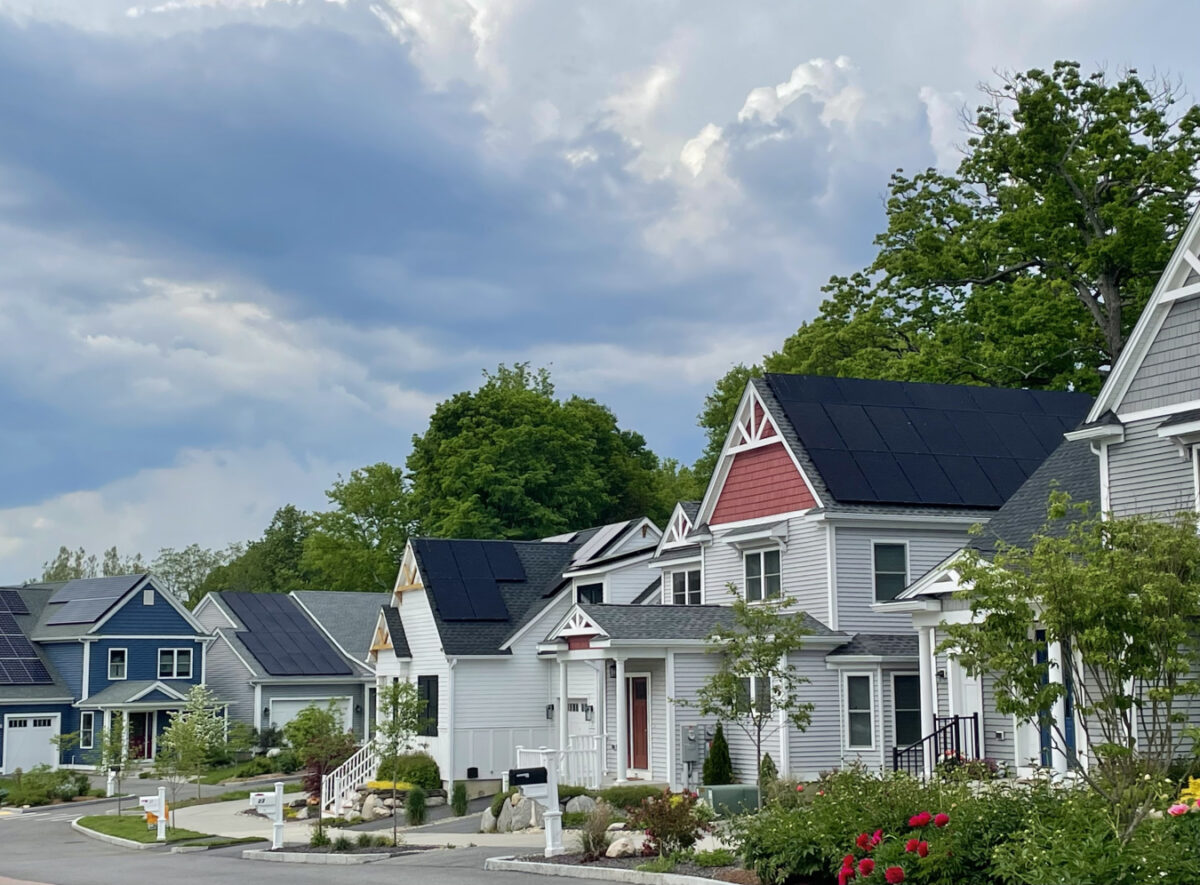
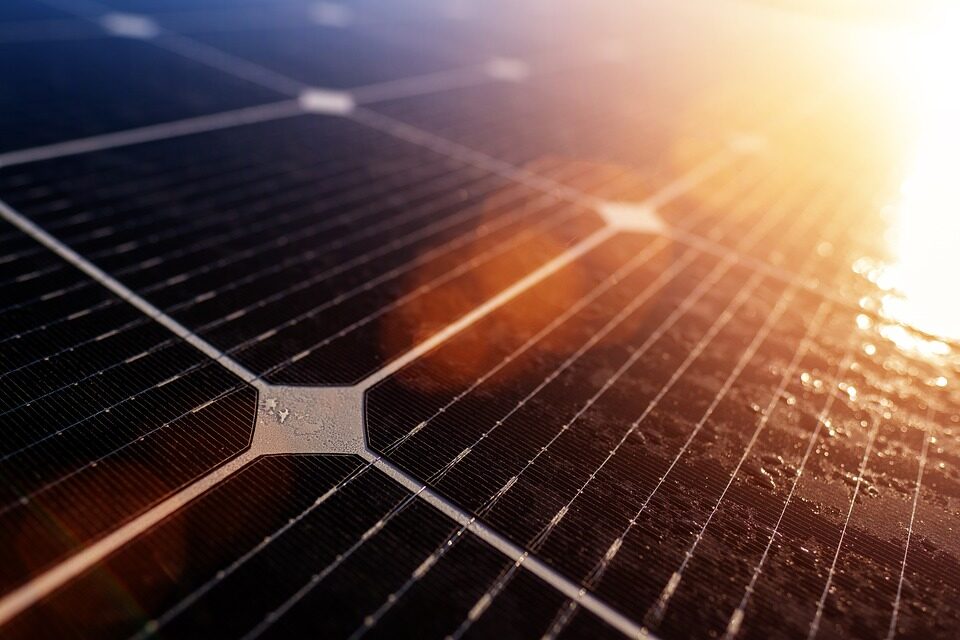

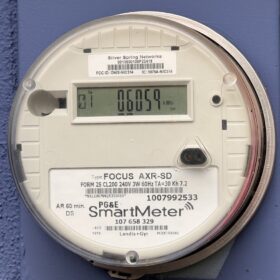
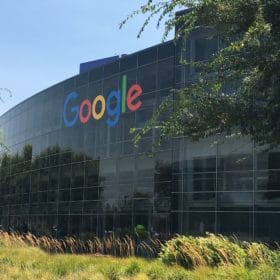

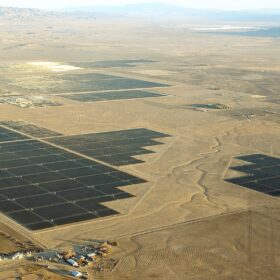
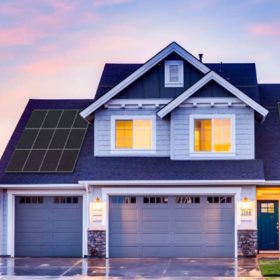
By submitting this form you agree to pv magazine using your data for the purposes of publishing your comment.
Your personal data will only be disclosed or otherwise transmitted to third parties for the purposes of spam filtering or if this is necessary for technical maintenance of the website. Any other transfer to third parties will not take place unless this is justified on the basis of applicable data protection regulations or if pv magazine is legally obliged to do so.
You may revoke this consent at any time with effect for the future, in which case your personal data will be deleted immediately. Otherwise, your data will be deleted if pv magazine has processed your request or the purpose of data storage is fulfilled.
Further information on data privacy can be found in our Data Protection Policy.